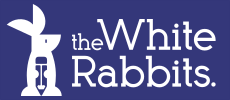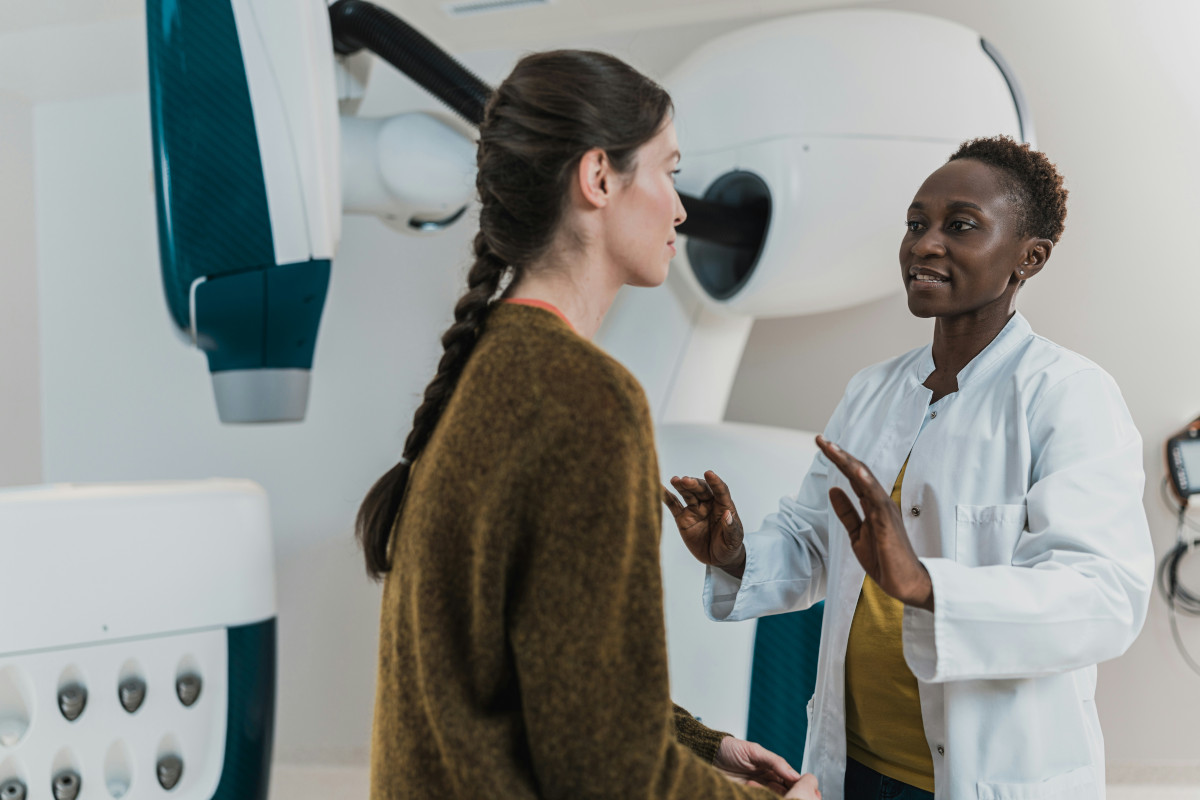Women’s health isn’t exactly an obscure topic nowadays. How it’s depicted in the media and viewed by society can vary wildly depending on many variables: stereotypes, effort put towards combating them, how empathetic different writers or political figures are to the issue, and so on. Like most things, the importance and severity attributed to women’s health becomes a point of disagreement between multiple parties and groups. One important aspect to look out for is potential medical problems and situations that might occur. This is especially true, considering the historical disinterest and malicious misunderstanding that society has shown towards medical and psychological challenges that women face.
Chromosomes: a blessing and a curse
Chromosomes carry genetic information from parent to child. There are twenty-three pairs of chromosomes, with only the last pair determining physical sex. Women have an XX pair of sex chromosomes, while men have an XY pair. Before we get into the major health concerns of women, it might interest you to know a surprising health benefit that women have. Due to having two X chromosomes, women who suffer from Alzheimer’s reportedly have a longer lifespan than men. As to why, the UCSF, University of California, San Francisco claims that the protein within women’s two X chromosomes acts as a pair of shields against Alzheimer’s, in comparison to men’s singular X chromosome shield.
This protective property of a double X chromosome helps to give some women hope when facing the conditions it protects against. However, having two X chromosomes isn’t a total safety net.
Much like having the presence of two X chromosomes acts as protection against certain diseases, the lack of a Y chromosome acts as a lack of protection against others. This makes women much more susceptible to other diseases that men are less likely to be susceptible to. In practice, this makes the presence of two X chromosomes more of a double-edged sword health-wise. This will get more focus in the next section, as autoimmune disease is a well-known and massively important example.
Women’s unique challenges with autoimmune disease
An autoimmune disease is when the immune system starts fighting against the body it’s supposed to protect. Autoimmune diseases are also far more likely to affect women than they are men. Insight into how much is found in an article written by NOVARTIS, a Swiss pharmaceutical company, whose findings are eye-opening:
Studies show that nearly 80% of people living with autoimmune diseases are women, and some of these diseases, like Sjögren’s disease, affect women as much as 9 times more often than men.
NOVARTIS
The sheer magnitude of difference in how more likely women are to contract an autoimmune disease hopefully cements it as a worthy topic in regards to women’s health. If that isn’t enough, perhaps the National Library of Medicine’s article on autoimmune disease can convince you of just how prevalent an issue it is:
- SLE
- Body attacks healthy tissue (skin, joints, kidneys, and brain)
- Affects 7 in 1 women
- Rheumatoid Arthritis
- Immobilizes fingers, wrists, feet, and ankle joints
- Affects 3 in 1 women
- Systemic Sclerosis
- Affects skin and internal organs (due to a collagen defect)
- Affects 1 in 3 Women
The above also doubles as a great list of symptoms to look out for if you fear you may be developing, or already have, an autoimmune disease. So not only are autoimmune diseases more prevalent in women than in men, but they also occur in a staggering number of women. Unfortunately, the bad news isn’t over, as NOVARTIS chimes in once again, this time commenting on the difficulty women have in even getting a diagnosis for autoimmune disease:
For women, this path is further complicated by gender bias. Research has shown that women with chronic pain are more likely to have their symptoms attributed to mental health conditions rather than physical disease, which may delay proper care.
NOVARTIS
This, in combination with the previous two points, paints a grim reality. The immense scale and intensity of autoimmune disease’s relationship with women’s health appears to be inverse to the lack of understanding and care the medical world has put into the connection.
The Neglect of Heart Health & Women
It’s understandable why heart attacks and strokes, along with other heart-related issues, have been a common talking point in health for a while now. Around 800,000 people in America have a heart attack yearly, with ⅞ of those people being at risk for serious medical consequences without further treatment. Unfortunately, as widespread a topic as this is, how women are affected by it has mostly flown under the radar on a historic level. According to The Lancet:
The structural gender bias in cardiology stems from a historical failure to ensure gender balance in cardiology research. Many guidelines for the management of the 50% of heart disease that occurs in women are extrapolated from studies that predominantly enrolled men.
The Lancet
This historic neglect leads to discussions involving women and heart health being buried. In relation to this, the National Institute on Aging claims that women suffering from heart-related issues are also less likely to receive treatment than men. They also described that women had a higher rate of death from a STEMI than men did. A STEMI (ST-Elevation Myocardial Infarction) is a heart condition where the coronary artery is completely blocked, preventing blood flow, which causes a heart attack. All incredibly serious medical situations that are frustratingly not taken seriously enough in relation to women.
To balance out the societal and medical neglect, here is some important information on heart health from the National Heart, Lung, and Blood Institute. By their findings, women tend to experience heart attacks at an older age, on average. Many of the common bad habits that lead to a heart attack (cholesterol, obesity, blood sugar levels, etc) have a higher level of risk in women. The same goes for stress. Heart attacks, not directly linked to artery problems and diseases, are also more common in women. This only serves to make diagnosing heart attack risks in women a much more challenging affair. Perhaps the most unfortunate of their discoveries is the increased likelihood that women who experience a heart attack have further medical problems than men who suffer from one typically do.
This paints a grim picture of how much more devastating a heart attack truly is for women. With this knowledge in mind, we can hopefully expand our understanding of women’s heart health and utilize it as a valuable resource for women who wish to prevent such concerns early or at least learn how to manage them better now.
How depression affects a woman’s brain
Depression has become one of the most commonly discussed medical and psychological issues in our modern society. Thankfully, the public understanding and treatment of depression has greatly improved and become more sympathetic with time. Nevertheless, there are still some blind spots in society’s bird’s-eye view of the topic. While depression is a universal problem in our world, women appear to have their own specific boundaries and tribulations surrounding it. The following is according to OHSU, Oregon Health and Science University:
Women experience depression differently
OSHU
Women may be more likely to blame themselves for their depression and may also struggle with setting boundaries and making healthy changes to their relationships[…]More than half of women view depression at some life stages as unworthy of treatment. Post-partum depression is one example.
While these feelings aren’t mutually exclusive to women, the fact that they are a trending pattern for women with depression suggests some consistent outside influence on them, that these feelings must be true. It can be important to remind ourselves, no matter who we are, to de-internalize many of our societal pressures, especially when they create limitations and roadblocks to our continued journey of self-improvement and self-happiness. Thankfully, OHSU also has a great list of ways to combat depression for those who can’t seek therapy or other direct medical attention. Some of the key points of their list include engaging in activities that make you feel more energetic and involved, like exercising and talking to people in person. At the same time, practice things that help your mind remain more stable and calm, such as getting more sleep and trying yoga or a breathing technique.
While direct medical attention and support are, of course, the best course of action, these activities can act as a great supplement or an alternative for those who are unable to seek or afford them.
Women’s health resources
If you believe you may be suffering from any of the above health conditions, or are showing symptoms, here are some great tests you can ask your healthcare practitioner:
- Heart Health
- Blood Pressure and Cholesterol
- EKGs (electrodiagrams)
- Records the electric activity in the heart
- Detects unusual rhythms or substantial damage
- Carotid Ultrasound
- Specific test for women
- Reveals stroke-potential blockages that other tests may not
- EKGs (electrodiagrams)
- Blood Pressure and Cholesterol
- Autoimmune Disease
- No one test for every autoimmune disease usually requires separate, extensive tests
- ANA (Antinuclear Antibody)
- Measures antibodies attacking your own cells
- Doesn’t tell which autoimmune disease you have, just if you have one or not
- Tests for the two most common forms of autoimmune disease
- RA (Rheumatoid Arthritis)
- Anti-CPP (Anti-Cyclic Citrullinated Peptide)
- Designed specifically for RA
- Helps with early diagnosis
- Anti-CPP (Anti-Cyclic Citrullinated Peptide)
- Lupus (Systemic Lupus Erythematosus)
- Anti-Ro/SSA and Anti-La/SSB
- Can detect Lupus in those who get a negative result for ANA tests
- Can also detect Sjögren’s syndrome
- Anti-Ro/SSA and Anti-La/SSB
- RA (Rheumatoid Arthritis)
- Depression
- PHQ-9 (Patient Health Questionnaire)
- Great Initial Test
- Gauges the intensity of feelings and symptoms
- BDI (Beck Depression Inventory)
- Explores symptoms more thoroughly
- EPDS (Edinburgh Postnatal Depression Scale)
- For postpartum women
- PHQ-9 (Patient Health Questionnaire)
For more general women’s health resources, The Oregon Health Authority is a great place to look, as they have an entire section on their website dedicated to resources and programs focused on women’s health issues. Another great website for those in need is AAFP, which has an even more extensive list of resources, although more narrow in scope, comparatively. OASH‘s website also hosts many hotlines for women suffering from mental health issues and experiencing mental health emergencies.
Check Out:





Be First to Comment